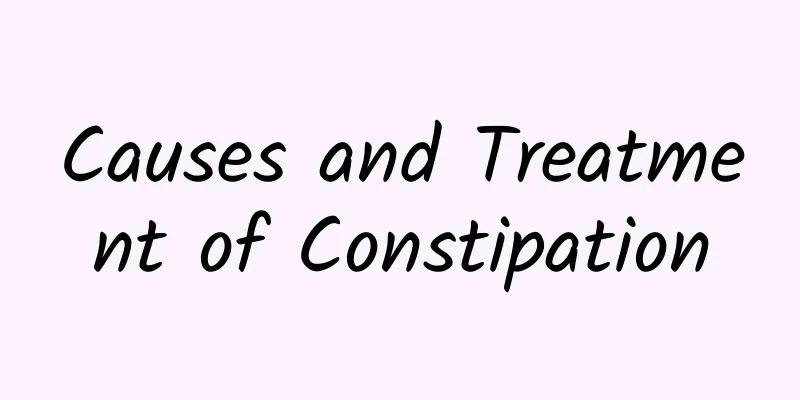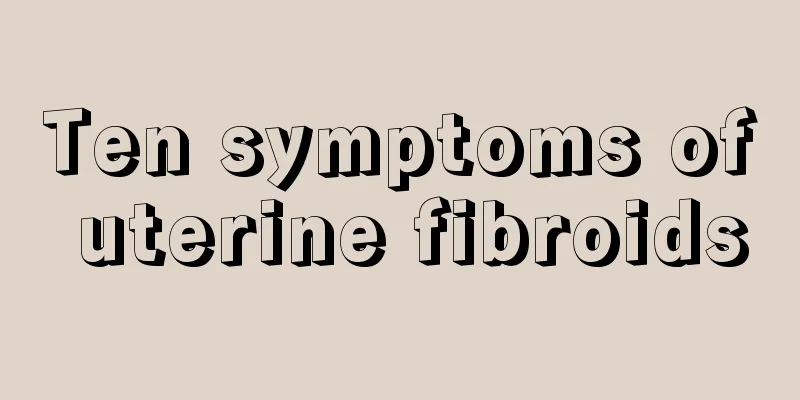Causes and Treatment of Constipation

|
Under normal circumstances, the time from food entering the digestive tract to the formation of feces is related to age and food type: the average time for breastfed babies is 13 hours, the average time for bottle-fed babies is 15 hours, and the average time for adults is 18-24 hours. Normal bowel movements are 1-3 times a day. Infants and young children may have 4-5 bowel movements a day. Constipation means: having a bowel movement every 2-3 days, or once every longer (or having a bowel movement less than 3 times a week, the foreign standard is ≤2 times a week). The diagnosis also needs to be combined with the characteristics of the stool, the usual bowel movement habits, and whether there is difficulty in defecation. Constipation for more than 6 months is considered chronic constipation. 1. Causes and Pathogenesis (I) Organic causes 1. Congenital malformations of colon, rectum, anus, digestive tract tumors, etc. 2. Endocrine and metabolic diseases such as congenital hypothyroidism and diabetes. 3. Drug factors: iron supplements, calcium supplements, antihistamines, etc. 2. Functional reasons 1. Eat less food and the food lacks crude fiber. 2. Changes in living environment, routine, and food types. 3. Colon motility is inhibited or disordered. 4. Old age, physical weakness, reduced activity, mental factors, etc. 2. Classification of constipation At present, according to the time value (TI) of radiopaque markers passing through the colon, chronic constipation in children is divided into: chronic transit constipation (STC), outlet obstruction constipation (OOC), and mixed constipation. If TI < 0.5, there is a high possibility of STC, TI > 0.5, there is a high possibility of OOC, and TI = 0.5 is considered mixed constipation. 3. Diagnosis and differential diagnosis 1. Diagnosis can be made based on medical history, physical examination, and laboratory tests. 2. A differential diagnosis can be made based on feeding history, laboratory test results, and common functional causes. IV. Treatment (must be carried out under the guidance of a professional physician) 1. Treatment of etiology (II) Symptomatic treatment 1. Laxatives: laxatives with various characteristics. 2. Prokinetic agents include mosapride, itopride, prucalopride, etc. (III) Lifestyle treatment Develop a habit of regular bowel movements (at least once a day), increase the intake of crude fiber foods and water, and increase exercise. |
<<: SEJ: Global Social Media Growth [Data Infographic]
>>: Explain diabetic foot clearly once and for all
Recommend
How to treat cervical erosion of degree 2?
Cervical erosion is a serious gynecological disea...
How can women nourish and replenish blood?
If you want to be beautiful and healthy, you must...
Does frequent blood clots during menstruation affect pregnancy?
Pregnancy and childbirth are one of the many majo...
Biochemical examination, you need to know this!
When many patients go to the hospital for treatme...
37 weeks of pregnancy, the fetus is basically motionless
In the middle and late stages of pregnancy, fetal...
Is it possible to get pregnant if the endometrium is only 5mm?
There are two relatively important reproductive o...
Why does a pregnant woman’s eyelids twitch?
Children are important treasures in the eyes of t...
What's wrong with dryness during sex?
Many women may have had this experience: vaginal ...
What causes breast tenderness?
Breast pain. If you can rule out breast pain caus...
What causes brown blood during menstruation?
Normal menstrual blood for girls is red, but some...
Do you think that stomach pain will go away if you just endure it? Be careful! These types of stomach pain are particularly dangerous...
Expert of this article: Zhao Weitong, attending p...
How to avoid the sequelae of corpus luteum rupture
I believe that many female friends, especially yo...
How long does it take to drain the blood after a miscarriage?
Whether after miscarriage or natural delivery, wo...
Having sex during ovulation delays menstruation by one day
In order to make it easier for women to get pregn...
What should I do if my pregnant woman's blood test shows high white blood cell count?
Many women have a good physical constitution, but...









